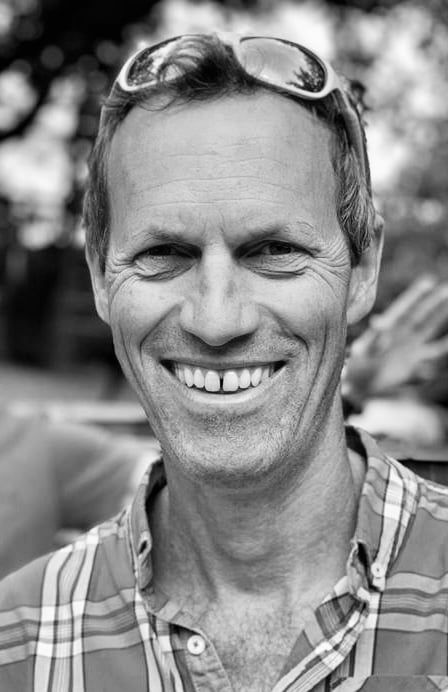Population, Resources & Pollution Model
Population, Resources and Pollution Model
- The population, resources and pollution model conveys the relationship between humans and their environment

Population Resources and Pollution Model
- The model describes a systems approach so that a change in one part has knock on effects for other parts of the model
- The model is useful when planning for sustainable development
- There are various positive and negative feedback loops in the model
- Positive feedback examples:
- Population increase → increase demand for resources → more resources acquired → resources enhance survival and support further increase in population
- Population increase → more fossil fuel extraction → more fuel for transporting food more easily around the world → diets improve reducing death rates → population increases further
- If these positive feedback loops continue unchecked they may cause resource depletion and environmental damage as population overshoots the earth’s carrying capacity
- Negative feedback examples:
- Population increase → increase demand for resources → more resources acquired → pollution and environmental damage increases → decline in population as death rates rise
- Population increase → more food resources required and acquired → increased environmental degradation of soils (soil erosion) → crop yields and agricultural productivity falls → less food, so population declines
- These negative feedback loops can be devastating to local populations in vulnerable areas
- E.g. famine in Sahel countries
- They work to bring populations back to equilibrium and level with carrying capacity
Exam Tip
Feedback loops are often associated with physical geography, such as in the water and carbon cycles, but be sure to look for them in the human geography topics too. They often help to make links between the human and physical worlds, and identifying these links will score you marks for assessment objective two (AO2).





